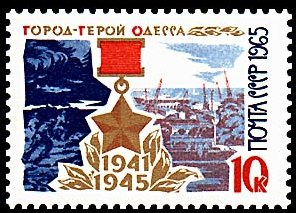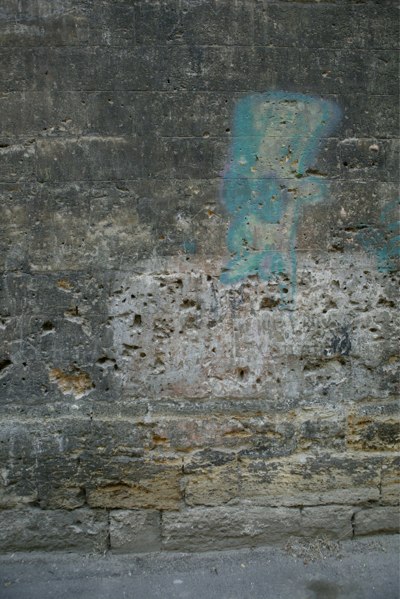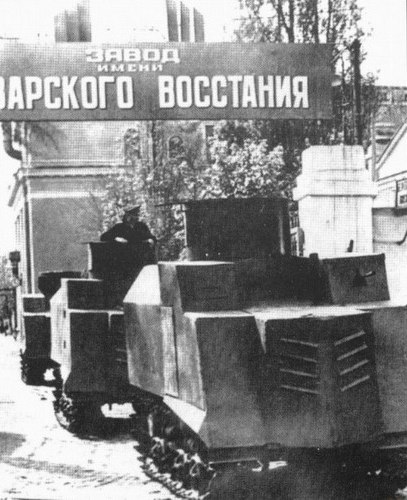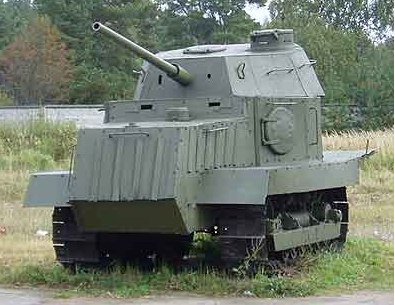Software developers often complain about their tools and their co-workers (sometimes the co-workers are tools). I complain as much as everybody (and maybe more), but I always keep in mind Donald Rumsfeld’s famously insensitive quote “You go to war with the army you have—not the army you might want or wish to have at a later time“.
There’s a pretty gross Russian idiom “to mould a bullet out of shit”, meaning that you can make something amazing out of the worst materials possible. In one of my favorite sci-fi stories, “Microcosmic God“, a biochemist creates artificial life, a race of intelligent microscopic beings called neoterics. In an effort to create stronger metal, he gradually lowers the ceiling of neoterics’ tank, while leaving them only weak metals. The tiny beings proceeded to create super-strong alloys and stop the ceiling’s downward motion.
Also, here’s a wartime story you might find inspirational. My hometown of Odessa is one of the few Soviet City Heroes — a status that was given to a few cities for particularly valiant defense in WWII.

Odessa indeed had it tough, facing superior Romanian forces. The inhabitants fought bravely, but were forced to withdraw. Those left behind (like one set of my great-grand parents who did not want to leave their hat store behind) were abused and often disappeared – the Romaninans were particularly pissed. There are many walls in the city riddled with bullet holes right at the chest level.

One particular weakness of Odessa, a port city, was the lack of tanks. Aviation being relatively weak at the beginning of the war, tanks were the only thing that could stop superior numbers of infantry.
People of Odessa are known for their quick wit. One solution that allowed for orderly and timely withdrawal was the NI-1 (НИ-1) tank, an elegant psychological warfare weapon.
NI was simply a tractor with bolted on “armor” made out of low grade thin steel and, as some say, plywood. They had a futuristic look, and in some cases small caliber canons sitting inside much thicker pipes. An attack of a number of these “tanks” turned back the tide of Romanian infantry, which fled in a panic. This is how the tank got its name – NI stands for “Na Ispug” or “For Fear”.

There are several of these tanks kept as monuments, but some say that these are later recreations, and not the original NI tanks.

While not as capable as the Killdozer, it was better than New Zeland’s Bob Semple tank.